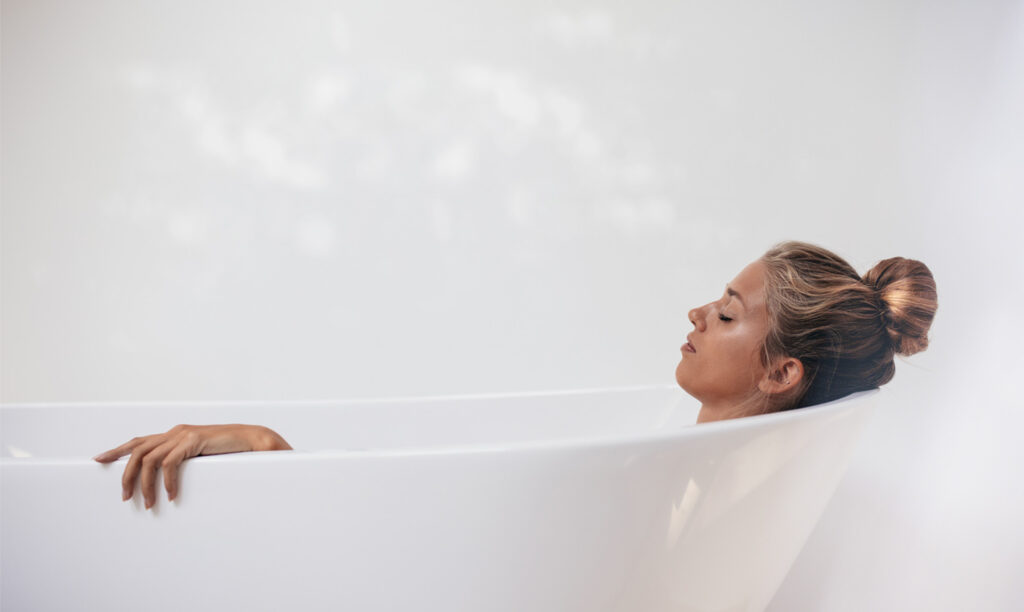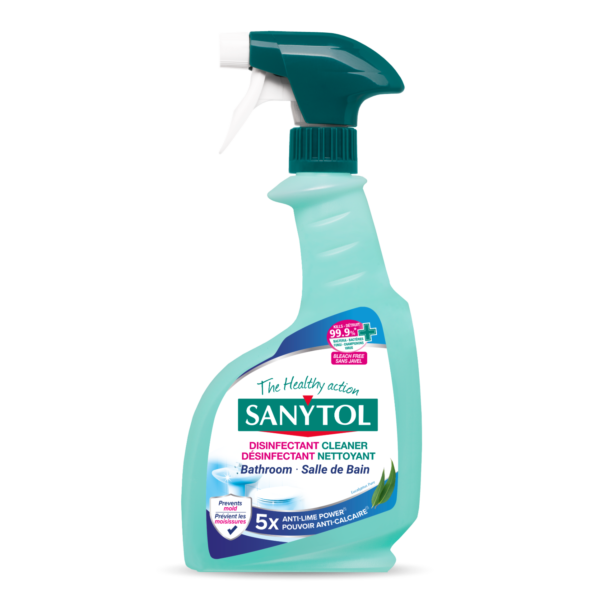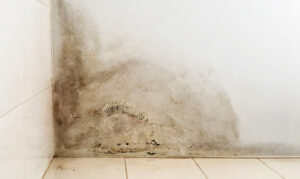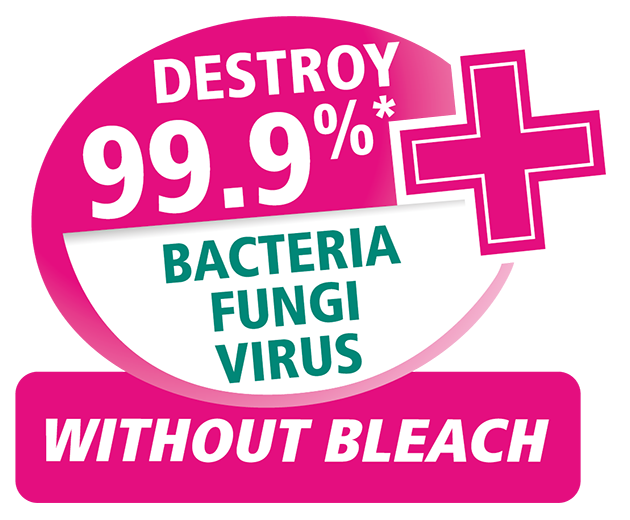
The bathroom is one of the rooms with the most germs in the house and where we must be particularly careful in cleaning and disinfecting.
The bathroom is an ideal place for certain types of fungi and bacteria to develop and pose a problem for human health, such as bacteria like Staphylococcus, respiratory viruses and fungi. This is due to the higher levels of humidity and temperature that usually occur in this room and because it is a habitual area of residual nutrients. Other micro-organisms that grow with moisture, such as Legionella or Pseudomonas, are more likely to grow in the bathroom than in other dry areas of the home, and many of these organisms are transmitted through direct hand contact.
In bathtubs, a biofilm is commonly created, which is very common in taps, drains, tile joints, and even toothbrush cups. This layer is formed with bacteria that bind to each other and create an adhesive and protective matrix.
Getting rid of this biofilm, which is common in bathtubs, is important and requires two steps:
- Scrub the tub with a scouring pad.
- Disinfect and remove the remains using Multi-Purpouse Disinfectant Bathroom. The advantage of this product is that its formula cleans and disinfects at the same time, killing up to 99.9% of germs.
This disinfectant will ensure the correct elimination of bacteria and fungi, such as those that promote the appearance of mould, and effortlessly remove the limescale. The silicone joints of the bathtub and the tile grouting should be thoroughly cleaned to make the disinfection more effective.
To prevent all possible infections, it is advisable to clean the bathtub with Sanytol every 2 or 3 days, or more frequently if there are elderly people or children in the home.


